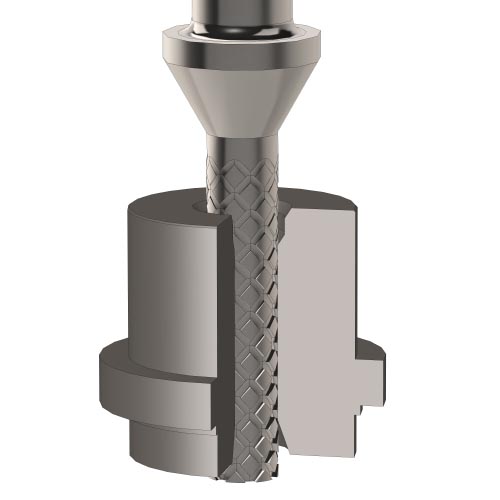
SideWinder trim prevents cavitation from forming and minimizes hydrodynamic noise in high pressure drop, low flow applications. Staged pressure drops eliminate cavitation by maintaining pressure above the vapor pressure, so that cavitation never forms. Using the proven DiamondBack advanced pressure drop mechanisms in an axial flow configuration producing precise control in low flow conditions.
